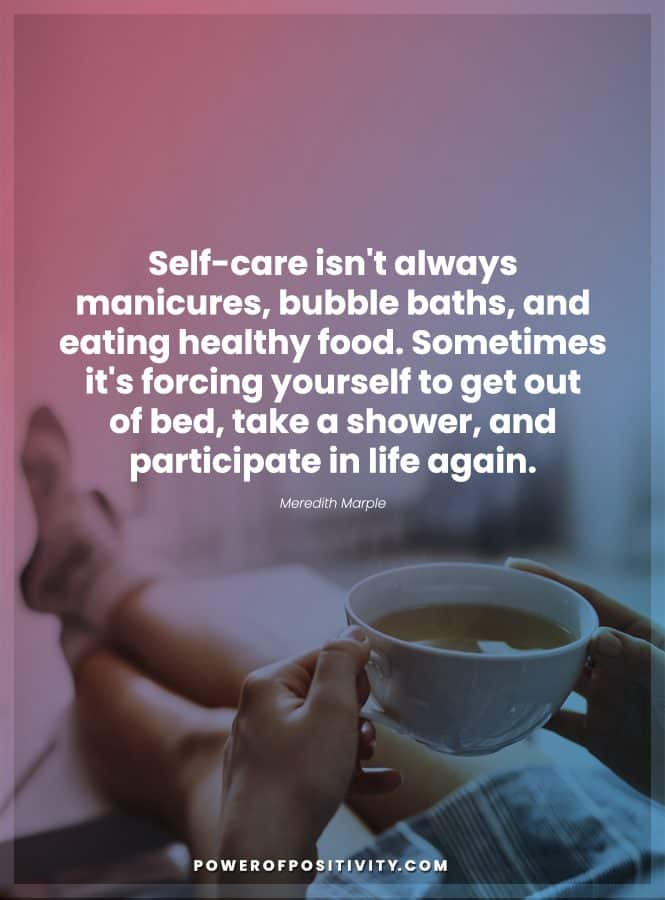Healthy feet are happy feet.
Cracked heels, aka heel fissures, can be a source of discomfort and inconvenience. They can make standing and walking painful and, in severe cases, can lead to serious infections. This common foot problem can significantly impact your quality of life, challenging even the simplest tasks. Some report that dry feet even keep them awake at night!
But don’t worry; there are natural ways to relieve cracked heels in under 10 minutes. This article addressed the basics you need to restore your feet to better health.
What Causes Cracked Heels?
Let’s start by looking at what causes your feet to become so dry that the heels split open.

Dry skin
Dry skin is the most common cause of cracked heels. When the skin around your heels becomes too dry, it loses its elasticity and cracks under pressure. According to the American Academy of Dermatology experts, dry skin occurs when your skin doesn’t retain enough moisture.
That can happen due to frequent bathing, using harsh soaps, aging, or certain medical conditions. The colder winter months may also make dry skin more prevalent for some people. It’s also more common in people with a history of eczema.
Standing for long shift work
People who spend much time on their feet, especially on hard floors, are more prone to developing cracked heels. The Institute for Preventive Foot Health warns that prolonged standing — particularly on hard, concrete floors — can stress your feet and cause specific conditions, including dry and cracked heels. It’s essential to take regular breaks to rest your feet and consider using cushioned mats where you stand most.
Overweight or obesity
Extra weight puts more pressure on the fat pad under the heel, causing it to expand sideways and crack. A study published in the Journal of Foot and Ankle Research noted a significant correlation between high body mass index (BMI), painful feet, and conditions including cracked heels. Maintaining a healthy weight for overall health, including foot health, is essential.
Ill-Fitting shoes
Shoes that don’t fit properly can rub against your heel, causing the skin to harden and crack. The American Podiatric Medical Association recommends adequately fitted shoes to prevent various foot problems, including cracked heels. Shoes should have a sturdy sole and may need to provide additional support if you spend a lot of time on your feet.
Medical conditions
Medical conditions like diabetes, eczema, and psoriasis can also lead to cracked heels. People with diabetes are often more prone to dry skin on their feet, leading to peeling and cracking. Similarly, skin conditions like eczema and psoriasis can also cause dry, cracked heels. It’s essential to manage these conditions to prevent foot problems.
4 Steps to Fast Relief for Cracked Heels
If prevention strategies prove ineffective, here’s how to take ten minutes to treat your cracked heels:
Step One: Soak your cracked heels
A foot soak can help soften the skin and prepare it for treatment.
Stir these ingredients together for an easy, effective foot soaking solution:
- 1 gallon of warm water
- A half-cup of Epsom salt
- 1/4 cup of baking soda
- Six to ten drops of your favorite essential oil for fragrance (optional)
Soaking your feet for about seven minutes can significantly improve the condition of dry and cracked skin.
Here are couple of caveats to know before you soak:
Using hot water instead of warm water to soak your feet can have several adverse effects. Too-hot water can strip the skin of its natural oils. Thus, it leads to dryness and potentially exacerbates the cracked heels problem. It can also cause burns or scalds, especially if the water is too hot and you have reduced sensitivity in your feet due to conditions like diabetes.
Soaking your feet for too long can also lead to problems. Prolonged exposure while soaking can cause the skin on your feet to become oversaturated, a condition often referred to as maceration.
Macerated skin can look white and feel soft, and it can make the skin more susceptible to infection or damage. When using a foot soak as part of a treatment for cracked heels, you need only seven minutes, as the goal is to soften the skin without oversaturating it.
Step Two: Moisturize with this homemade natural cream
After soaking, moisturize your feet with this homemade natural cream:
Ingredients:
- 1/2 cup of coconut oil
- 1/4 cup of shea butter
- Ten drops of lavender essential oil
Instructions:
- Microwave the coconut oil and shea butter just until it melts.
- After it has melted, please remove it from the microwave promplty
- Add the lavender essential oil; stir until well combined. It will set up as it cools.
Mix a fresh batch of this moisturizing cream about once a week – remember it does not contain preservatives. So store it in a dark, cool, dry spot in a tightly-capped container.
You may slather the cream on generously after your moisturizer cools and soft sets. Give extra attention to treating the cracks.
Step Three: Wrap it up
After applying the moisturizer, wrap your feet in plastic wrap and cover with socks. This wrapping will help the moisturizer penetrate deeper into the skin. Relax and let the moisturizer do its magic.
How Often to Treat Cracked Heels
The frequency of treating cracked heels depends primarily on the severity of the condition. However, for best results, it is generally recommended to treat your cracked heels daily until they heal.
Daily treatment
Daily treatment involves following the steps outlined earlier: soaking your feet, applying a moisturizer, and wrapping them up. This routine helps to soften the skin and allows the moisturizer to penetrate deeper, promoting faster healing.
Remember that consistency is key when treating dry skin. Regularly soaking and moisturizing your skin can help to repair and prevent dryness.
Post-healing care for cracked heels
Once your heels have healed, it’s essential to continue with preventative measures to keep them from cracking again. This strategy includes keeping your feet moisturized, wearing properly fitted shoes, staying hydrated, maintaining a healthy weight, and managing any underlying medical conditions.
Regular foot checks
In addition to daily treatment and preventative care, regular foot checks are also crucial. That helps you to spot any signs of re-cracking early and address them promptly. If your heels are starting to dry out or show signs of cracking, start the treatment process again.
In time, your feet will feel better.
When to Seek Professional Help for Your Dry Feet and Cracked Heels
While daily home care is usually sufficient for mild to moderate cracked heels, severe cases may require professional treatment. If your condition worsens, doesn’t improve within a reasonable time frame, or is accompanied by symptoms like severe pain, redness, swelling, or discharge, it’s essential to seek medical attention.
Persistent or severe cracked heels could indicate an underlying health condition that needs professional treatment. Always consult a healthcare professional if you have any concerns about your foot health.

Final Thoughts on Restoring Healthy Feet
Cracked heels can be painful and inconvenient. But with this daily care treatment, you can restore your feet to their natural health. Remember, prevention is always better than cure. Keep your feet moisturized, wear comfortable shoes, and take care of your overall health. Your feet will thank you.



















